Premium Only Content
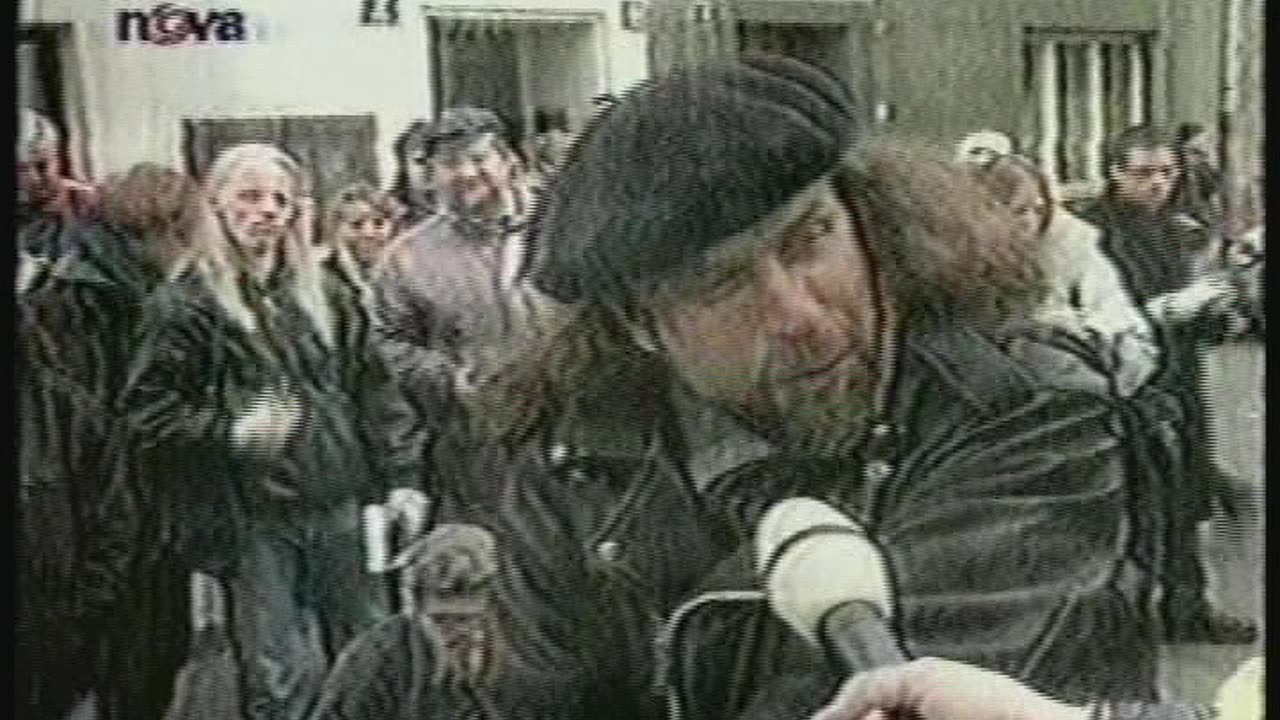
Milan Kohout: "If you build a wall, you have to divide your flag", 1999
Ústí nad Labem, Czech Republic; interactive street performance funded by a grant from the Pilsner Regional Ministry of Culture, November 17, 1999.
Performance: Milan Kohout, Vladimír Líbal
This public performance was the culmination of a series of protest actions against xenophobia and racism. It took place at a wall which was built to artificially separate Romani and white Czech com- munities in the city of Ústí nad Labem. Supported by a grant from the Ministry of Culture in the city of his birth, Pilsen, Kohout addressed the issues of xenophobia and racism in his homeland through performance art. Kohout was fulfilling the conditions of a cultural grant for travel to small towns in the region to address these issues. He wanted to investigate the reasons and roots of xenophobic feelings that even he personally had brought with him to the United States a decade earlier. Kohout searched, with the help of the audience, to find out why he immigrated to the US with that “bad package on [his] back.”
Organizing several performances in small towns, he arranged “meetings” with the predominantly white-Czech audience seated in a circle around him. He addressed these issues first by emphasizing how a lack of contact and experiences with another group can lead to racism. The overwhelming response from the audience was that they were not racists and that these issues were not a problem.
In Kohout’s words:
“I demonstrated my point using the unfamiliar form of performance art to bring the audience face-to-face with various cultural differences. I drew parallels between the discomfort the audience felt with the unfamiliar art form and their lack of experience with the Romani-Czechs. In one perfor- mance, I exemplified the misunderstanding of cultural differences by considering varying conceptions of time that I had experienced upon immigrating to the United States, and also when helping to re- settle refugees from all over the world once they were in the U.S. The Romani-Czechs, for example, conduct their lives with a different sense of time than the white-Czechs, which can lead to a ripple effect of misunderstandings that grow and change, resulting in larger problems.
“One of the planned performances took place next to an infamous outdoor wall that was erected on October 13, 1999 in Ústí nad Labem, and was intended to separate the Romani-Czech community from the white-Czech community in that town. On November 17, the 10th anniversary of the Velvet Revolution, which ‘supposedly’ established Czechoslovakia and then the Czech Republic as a dem- ocratic society, the nation was focused on the celebration of this anniversary. The media awaited a counter-action to the commemoration, for which I was prepared.
“Helped by my friend Vladimír Líbal, we painted a Czech flag on a large piece of plywood. Placing it next to the wall, I sawed the flag in half. We then placed one piece on each side of the wall to symbolize the divisions in Czech society, as represented by the wall.
94
“That evening, all the Czech TV stations and some world media outlets (including the BBC and CNN) reported news of the performance. The next day, the event received front-page coverage in the main daily newspapers throughout the country. Because of the media response, this performance became the last culminating blow in the series of protests concerning this issue that led up to it, and forced the embarrassed city officials to raze the wall several days later. I believe the atmosphere that surrounded me on that day to be similar to the mind-set at the beginning of the civil rights movement in the U.S.”
-
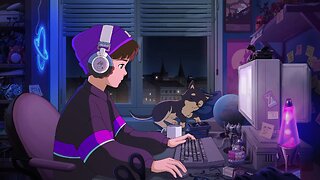 LIVE
LIVE
Lofi Girl
2 years agoSynthwave Radio 🌌 - beats to chill/game to
4,814 watching -
 LIVE
LIVE
FreshandFit
6 hours agoAfter Hours w/ Girls
16,836 watching -
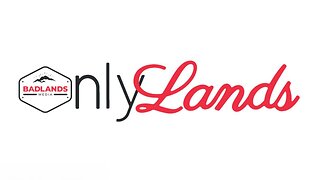 2:33:36
2:33:36
Badlands Media
6 hours agoOnlyLands Ep. 21: From Trump’s VP Pick to Green Energy Grift
50.9K6 -
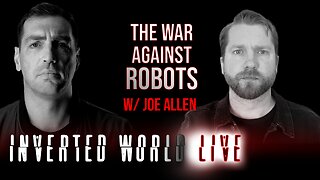 1:07:26
1:07:26
Inverted World Live
10 hours agoThe War Against Robots w/ Joe Allen
85.1K4 -
 6:08:31
6:08:31
SpartakusLIVE
9 hours agoWARZONE NUKE IS BACK?! || Solo Challenge CHAMPION to start, duos w/ the Dawg later
86.1K -
 1:00:18
1:00:18
Man in America
11 hours agoBig Pharma’s Empire of Lies Is COLLAPSING as People Turn to Natural Medicine
50.2K19 -
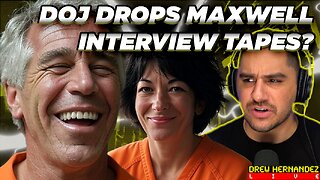 LIVE
LIVE
Drew Hernandez
13 hours agoGHISLAINE MAXWELL SAYS CLAIMS EPSTEIN WAS INTELLIGENCE ASSET ARE BULLSH*T?!
801 watching -
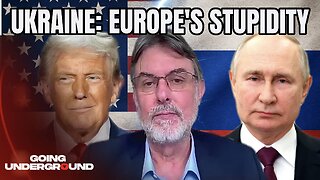 29:54
29:54
Afshin Rattansi's Going Underground
21 hours agoUkraine: Prof. Anatol Lieven SLAMS Europe’s ‘BLOODY STUPIDITY’ as Trump Negotiates with Putin
26.7K6 -
 15:27
15:27
robbijan
1 day ago $2.43 earnedThe Emperor’s New Labubu & The Spiritual War Behind Everything
47.9K43 -
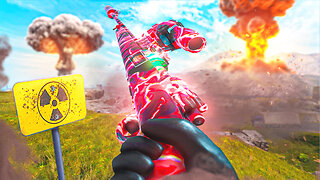 LIVE
LIVE
GritsGG
18 hours ago36 Hour Stream! Most Wins 3420+ 🧠
816 watching